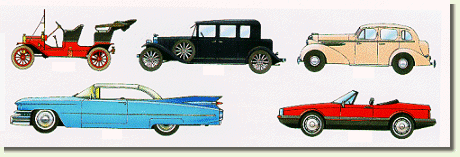Like the excavation itself, the processing of excavated materials requires careful planning and organization. Two levels of field laboratory procedures are the cleaning of artifacts and artifact classification. At this point, the archaeologist must ask what kind of questions the excavated material can answer.
Although cleaning is a traditional part of excavation it is not necessarily the next best step. New scientific techniques have shown that artifacts should often not be cleaned thoroughly before a specialist has had a chance to study them. For example, we know now that food residue is often preserved in pots and other food storage vessels. If thorough cleaning is done before these artifacts or studied, much important evidence may be lost for good.
After the artifacts have been carefully examined, they will be cleaned and prepared for sorting and classification. The artifacts are first sorted into broad categories such as stone tools, pottery, and metal objects. These categories are subdivided again into specified categories. Classification is often done on the basis of three kinds of characteristics or attributes:
SURFACE ATTRIBUTES such as decoration and color.
SHAPE ATTRIBUTES such as shape and dimensions.
TECHNOLOGICAL ATTRIBUTES such as primarily raw material.

|
The arrangement of artifact types in a sequence is based on two ideas, first, that the products of a given period and place have a distinctive style or design, and second that changes in style are gradual. Gradual changes in style can be seen in the evolution of the automoble.
|
Typology is the process where artifacts having similar attributes are grouped together. The ancient Romans and Chinese first used this idea for classifying time periods. The 'Stone Age', 'Bronze Age', and the 'Iron Age' are examples of this.



